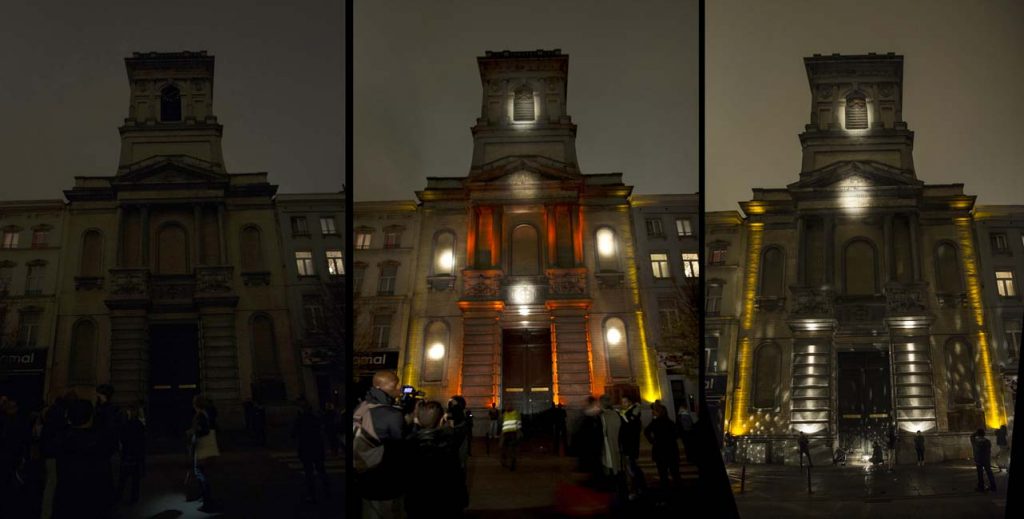The power of participative light planning
“People should be at the heart of lighting strategies”

Isabelle Corten, lighting designer and co-founder of the Social Light Movement, tells readers of Cities & Lighting magazine n°4 why people should be the foundation of urban lighting strategies…
Urban light planning or night-time urban planning (i.e. the discipline that aims to analyse urban environments at night and propose – in the form of master plans – programmes to improve public lighting and its effects) has, for many years, considered the illumination of places, putting forward urban spaces to be the most important. As is the case in town-planning, studies and strategies are generally guided by the themes of urban vistas, history, heritage and landscapes.
A fundamental aspect, that of users, is often neglected (the reason for this often being linked to the technical nature of lighting). But more than technique, this discipline also involves sensations, perceptions and understanding behaviour in a given environment; an approach that falls somewhere between sociology and anthropology.
How do inhabitants, shopkeepers, tourists and workers experience urban spaces, places of work or living environments once night falls? What feelings do they experience (well-being, fear, reassurance, cold, heat…)? Does their use of urban space change? These are some of the questions that feed into an effective lighting project that is deeply rooted in a place.

The night-time is full of symbols, and understanding them facilitates the design of a project. And it is by bringing back the focus on users that the places forming part of the project study are also transformed.
The areas of the city in which most local people live their daily life are often not those central to the city in terms of representation, heritage sites or image. They are outlying districts where the built environment has often little to offer in terms of heritage. One considers – wrongly – that in these districts it is not necessary to call on the services of a lighting designer. Yet this is where the challenge lies.
How can we ensure that these living environments are comfortable once night falls? How can we help users to feel at ease, to recreate a mental map that helps them move easily from place to place? How can we use light to describe the identity of the place and inspire its users?
I myself experienced this turning point – from an analysis based purely on the area to an analysis based on users AND the area – about ten years ago when I realised that I was far removed from this. I had the automatic reflexes of a “classic” town planner that prevented me from taking into account the reality experienced by users.
I then decided to incorporate user observation and participation methods into my lighting design and planning process. I did this in all projects, no matter whether they concerned a lighting master plan for the entire city or a smaller scheme for a street or district.

These user observation and participation methods can range from simple meetings with inhabitants to night-time exploratory walks (a method which consists of bringing users together to walk in public areas at night and freely discuss their feelings and uses), to immersion in a site for several days conducting interviews with users (for example during Social Light Movement workshops).
More recently, methods involving “light happenings” such as Guerrilla Lighting in which the local community is mobilised for one evening to spontaneously and collectively illuminate key buildings of a neighbourhood (two trials were recently carried out in Schaerbeek and Molenbeek, two Belgian municipalities with a negative image, yet full of life) have also proved effective.

Each of these experiences, in different countries and cultures has enhanced dialogue and understanding around uses and the perception of night-time environments.
Now, after 24 night-time walks, 5 workshops, 2 Guerrilla Lighting events and several projects in “neglected” districts, I can confirm that putting people at the heart of planning projects, especially night-time ones, represents not only an undeniable advantage for those designing lighting projects but also gives the inhabitants of these districts, who are often overlooked, another way of reclaiming their living environment. And to finally feel that they are being dealt with in another way than simply being repressed. I think that this type of action is, now more than ever, vital!

